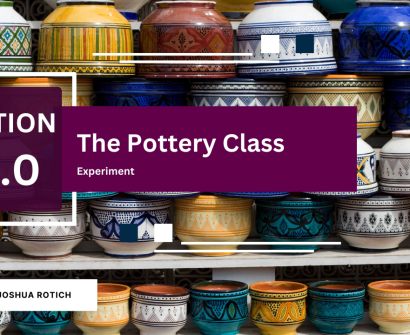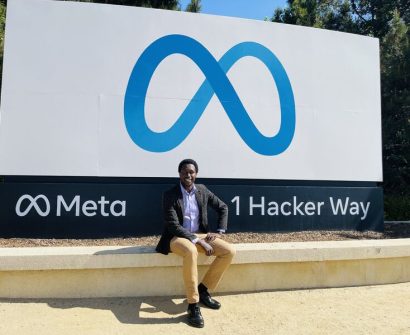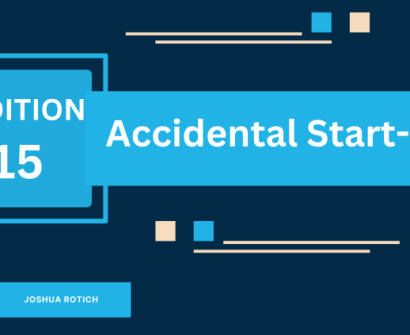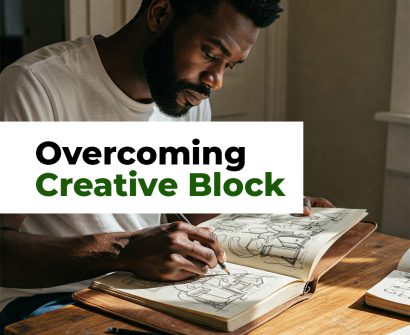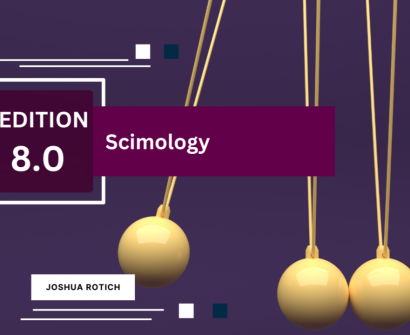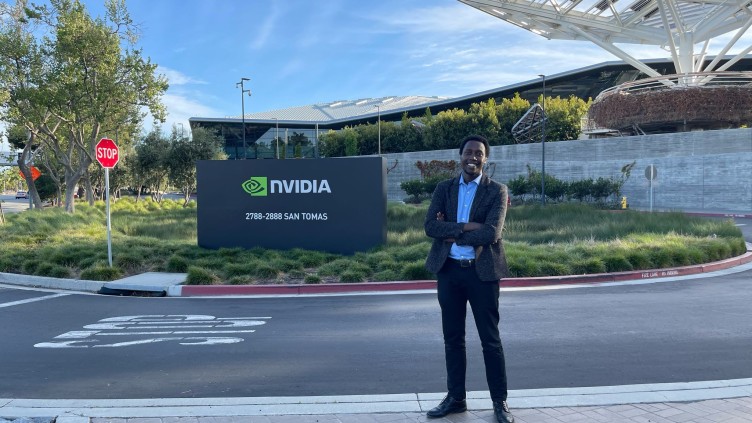
In 2013, most people didn’t care about NVIDIA. They made graphics cards for gamers. Nice hardware, not headline material.
But while the world was watching Apple and Google battle it out in mobile, NVIDIA was quietly investing in a category no one fully understood yet: parallel processing for artificial intelligence.
They weren’t just building better chips. They were designing a future that needed them.
Fast forward to 2024, and NVIDIA is not just a hardware company — it’s the beating heart of the AI revolution, worth more than Amazon and Google combined.
Why?
Because while everyone else was chasing trends, NVIDIA built something no one else could copy — a new category, a 10-year moat, and a product-market fit the future grew into.
That’s not luck. That’s pattern design.
In Africa’s startup ecosystem, we see the same challenge playing out again and again:
Founders launch platforms that look like global winners — “the Uber for this,” “the Coursera for that” — but without asking:
“What makes this truly uncopyable in our context?”
Here are four foundational patterns behind the startups that win quietly, deeply, and permanently:
1. Category Design
Don’t improve the product. Reframe the problem.
Great companies don’t enter categories — they invent them. They don’t fight for attention — they train the world to see a new problem only they can solve.
Just like NVIDIA made us rethink what chips are for, you can make the market rethink what learning means here — in Africa, in our languages, through our voices.
2. Zero to One Thinking
Don’t localize an idea. Reimagine the system.
Too many African startups are built by swapping global content for local content. But that’s not invention. That’s translation.
The real question is:
“If we didn’t know how anyone else did it, how would we build it for us — from scratch?”
Zero to One companies don’t ask, “How do we compete?” They ask, “How do we disappear the competition by solving the problem differently?”
3. Moat Mentality
How will you still win after others catch up?
When NVIDIA chose CUDA (their parallel programming platform), most saw it as overkill. Today, it’s the reason no one can touch them — their ecosystem is too deep, too entangled, too valuable.
Your moat might not be chips. It could be:
- Trust from local creators
- A flywheel of learning communities
- Data tuned to African outcomes
- Cultural fluency that AI can’t fake
Copycats can imitate your site. They can’t replicate your system.
4. Jobs To Be Done (JTBD)
What is your customer really hiring you to do?
People don’t just buy learning platforms. They buy hope, mobility, and representation.
In our context, the jobs sound like this:
“I want to make it as a designer in Nairobi without leaving my city.” “I want to hear someone like me teach me business, not a case study from Boston.” “I want to build skills that help me today — not ten years from now.”
If you design for these jobs, your platform becomes personal, not just functional. And that’s the kind of bond no price war can break.
So what’s the takeaway here?
Don’t obsess over features, or even funding. Obsess over patterns.
- Pattern of thinking.
- Pattern of context.
- Pattern of trust.
- Pattern of value that compounds.
Because as NVIDIA proved:
When you control the pattern, you don’t chase the future — the future comes chasing you.
“A product can be copied. A pattern can’t. Real builders know the difference.”
—
Which of these 4 startup patterns are you building toward? And which one are you tempted to ignore?



